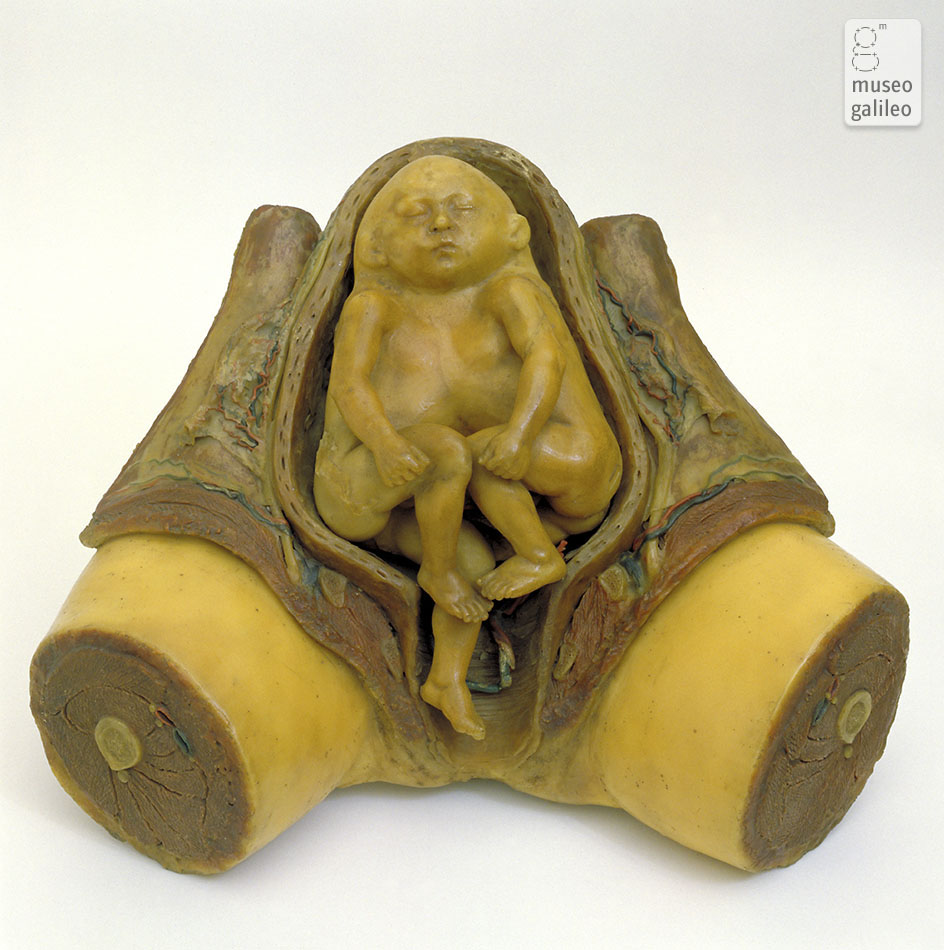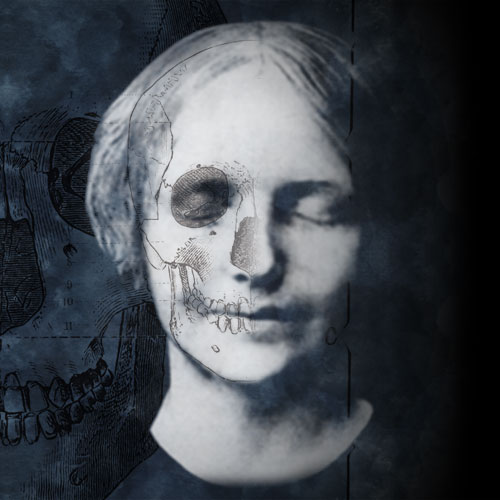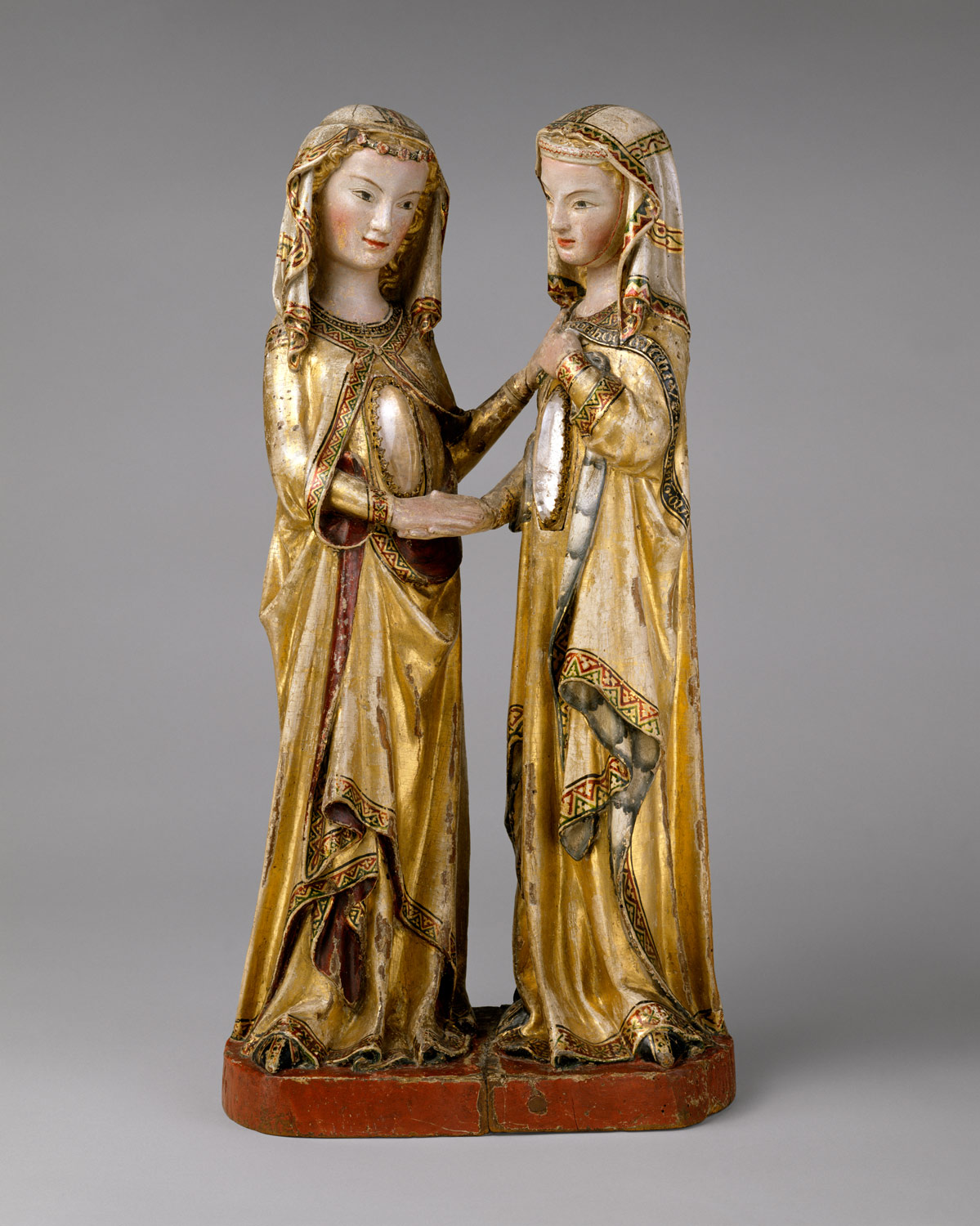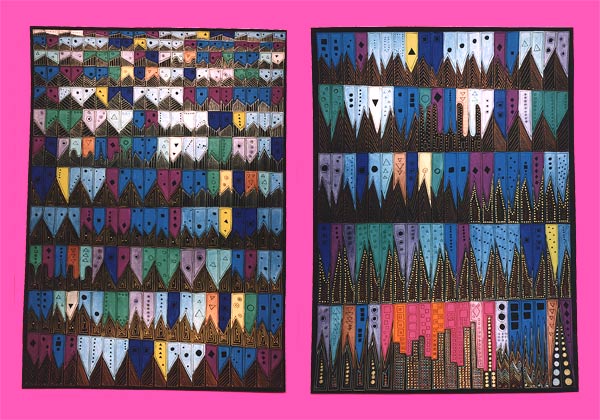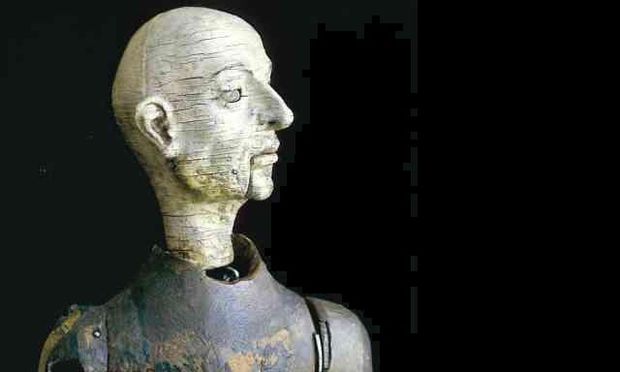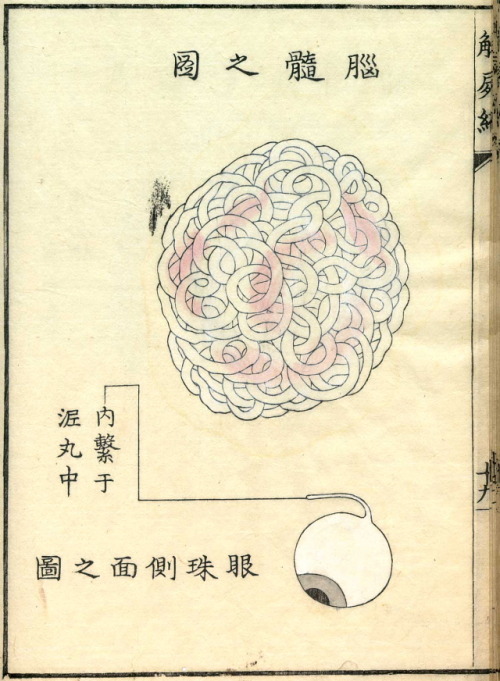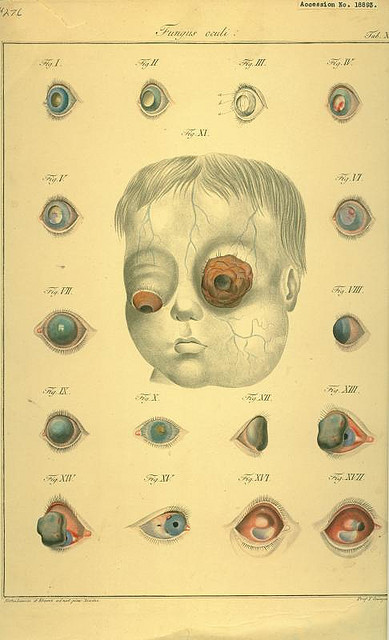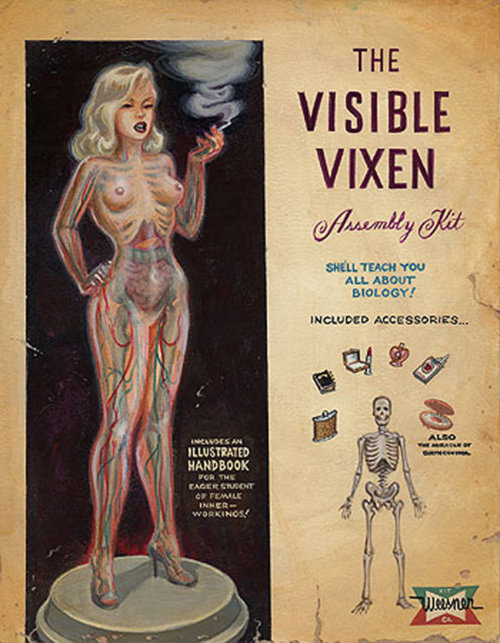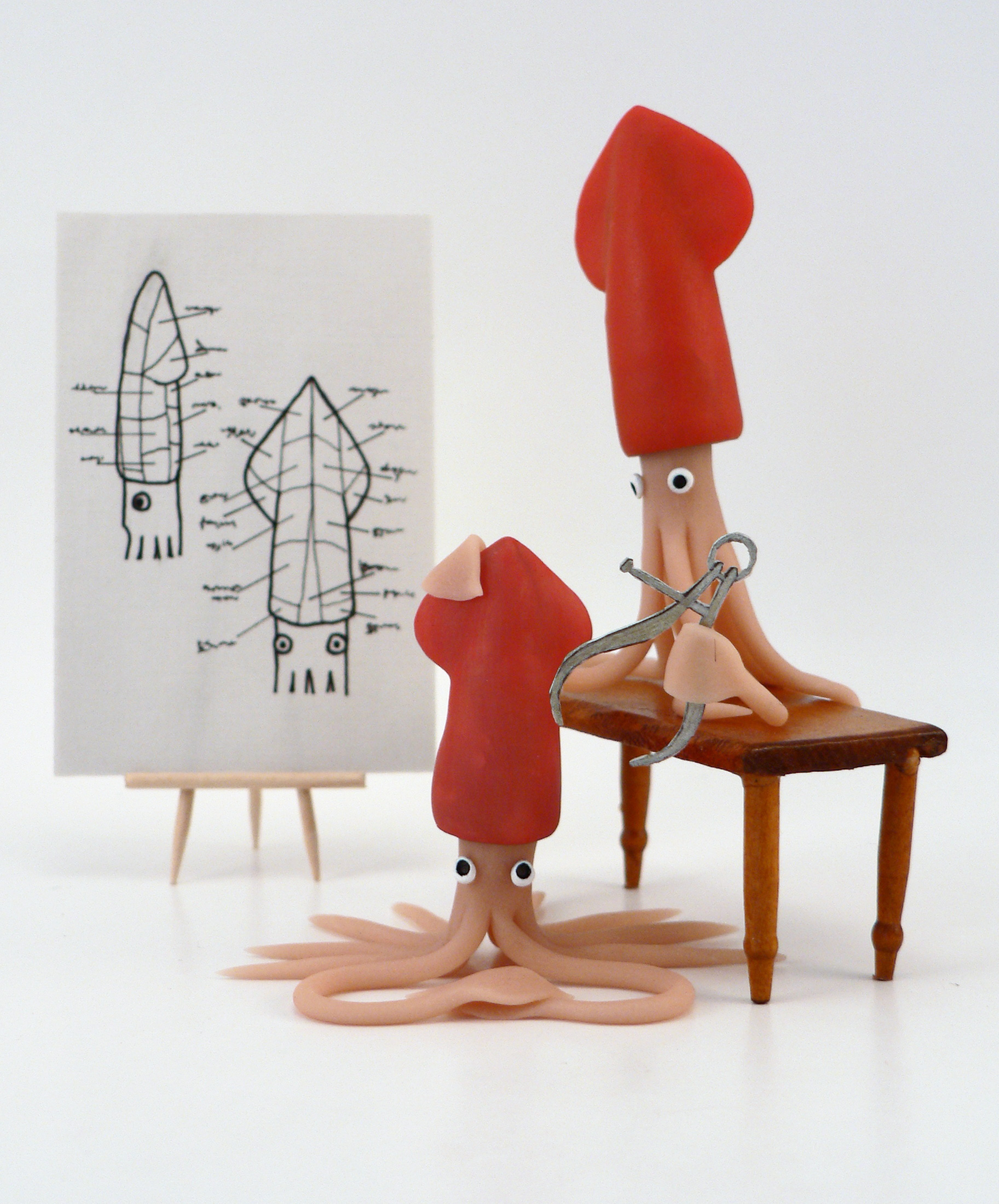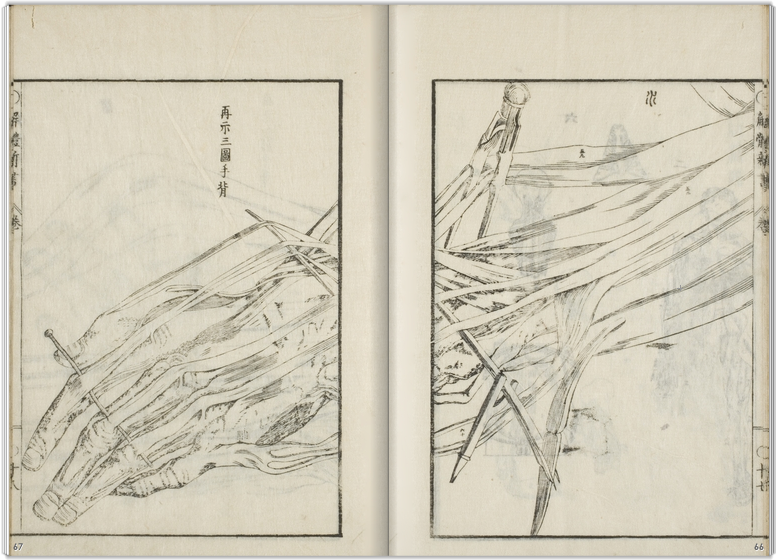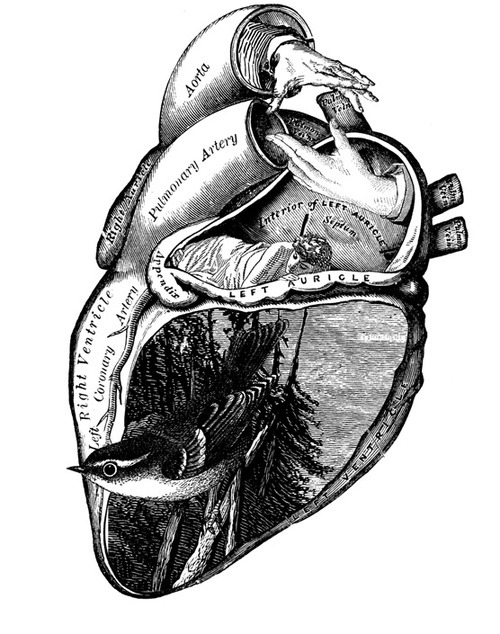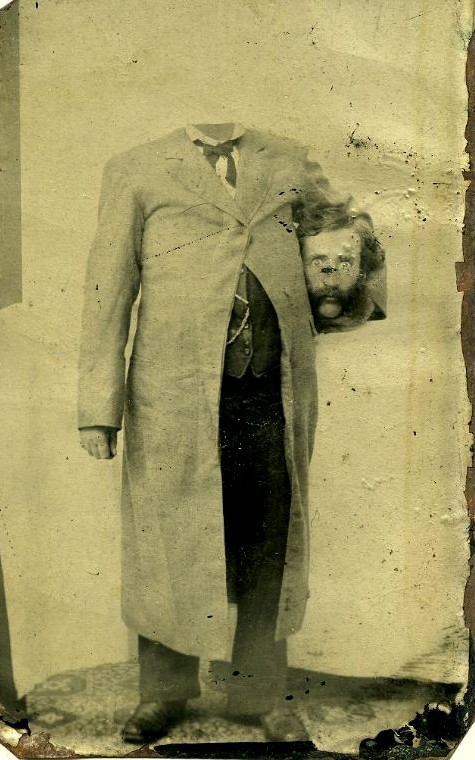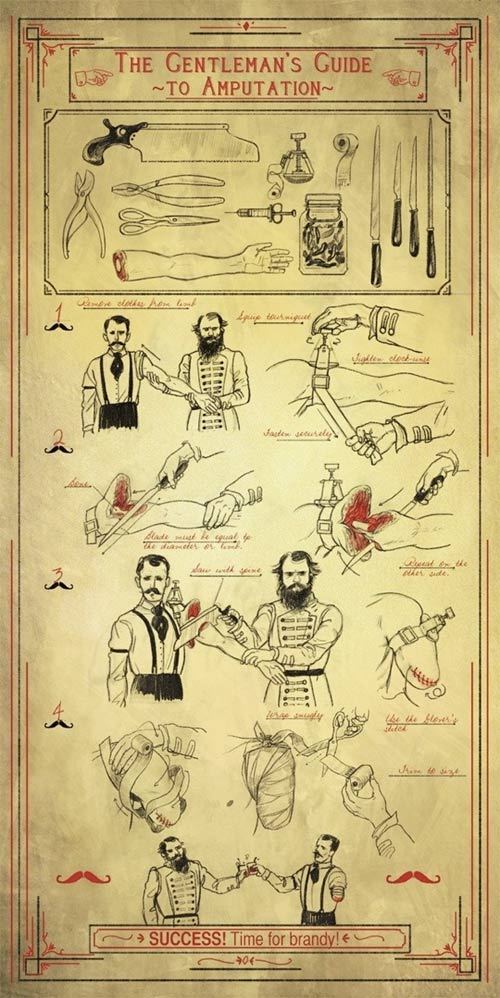The 'electric stroke' and the 'electric spark': anatomists and eroticism at George Baker's electric eel exhibition in 1776 and 1777.
Source
Abstract
In 1776 and 1777 five living electric eels exhibited in London became a sensational spectacle that appealed to anatomists, electricians and connoisseurs of erotica. George Baker's exhibition made visible the 'electric spark' of the electrical eel and a series of experiments were both witnessed by and participated in by members of the Royal Society and the metropolitan elite. Some participants even grasped the eels firmly in their hands and felt the 'electric stroke' of the eel in addition to observing the spark. In their observation of the electric eel some of these spectators transposed the vivid electric spark from the sphere of electricians and anatomists into that of satirical and erotic literature. Here the erotic electric eel proliferated in the literature and the eel took on quite different connotations that nonetheless were reliant on readers knowledge and experience of the exhibition, experiments and the preoccupations of anatomists. George Baker's electric eel exhibition of 1776 and 1777 is then instructive in exploring the production and circulation of knowledge in Georgian Britain. The story of the electric eel in Georgian culture charts the creation of the electric spark and stroke as objects of observation and encounter, their exhibitionary context, and finally their divergent meanings as the electric eel became erotically charged for a metropolitan masculine elite.
Endeavour. 2010 Sep;34(3):87-94. doi: 10.1016/j.endeavour.2010.06.003.






